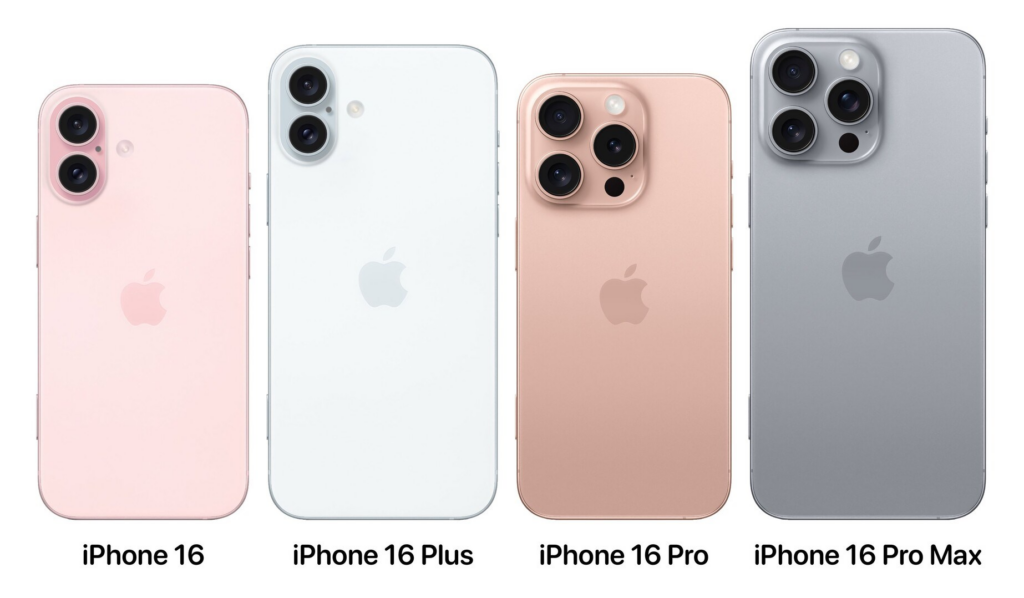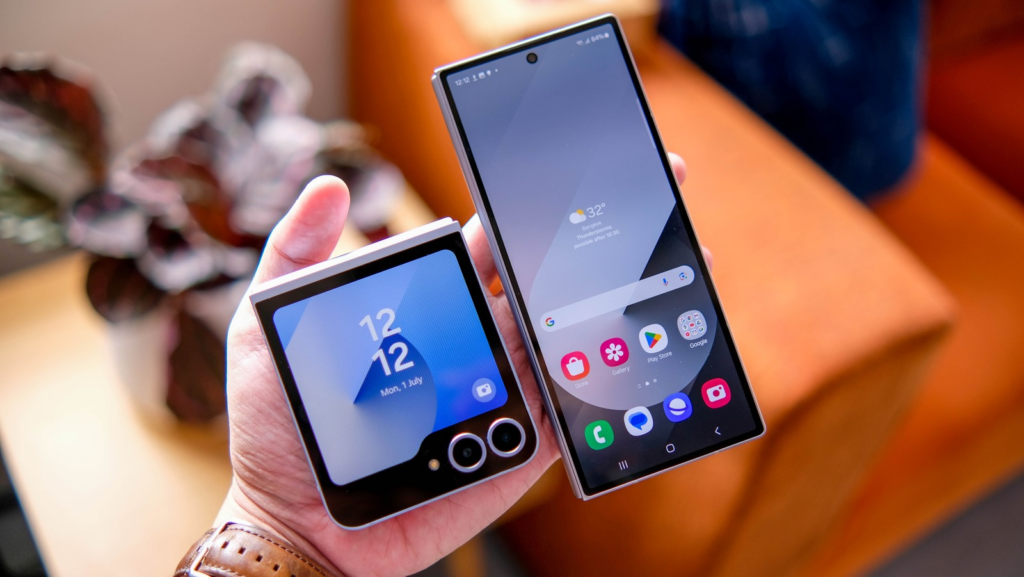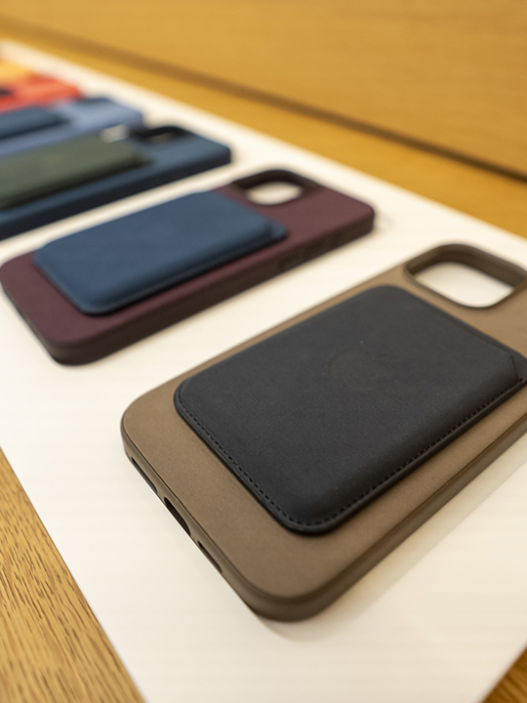Commentary: Samsung is rumored to be cutting the standard Galaxy phone from its lineup in 2026, further signaling a shift away from smaller phones.
For years, small phones have been hard to come by, and this trend is expected to continue into 2025 and beyond. If the rumors and leaks about the upcoming Samsung and Apple devices prove true, both companies might significantly alter their smartphone offerings, possibly leading to an even greater emphasis on larger screens.
Samsung’s Potential Move
A well-known leaker known as Ice Universe on X suggests that Samsung might cancel the standard version of its flagship Galaxy S phone in 2026. This would mean the end of the smallest phone in Samsung’s Galaxy S series, currently the 6.2-inch Galaxy S24. A Samsung representative did not immediately respond to CNET’s request for comment regarding plans for the S26.
Apple’s Plans
Meanwhile, Apple is rumored to introduce a new version of the iPhone SE, its budget-friendly smaller iPhone. However, according to MacRumors and Bloomberg, this new model is expected to have a larger screen size, growing from 4.7 inches to 6.1 inches, making it more akin to a standard iPhone than a mini version.
These reports are just the latest signs that smaller smartphones might be on their way out, especially after Apple discontinued the iPhone Mini in 2022. Consumer demand for larger screens and advancements in display technology have made tiny phones almost obsolete.
Phones Keep Getting Bigger
The trend towards larger screens has been ongoing for the past decade. A 2014 Accenture survey revealed that nearly half of consumers interested in buying a new phone preferred large-screened “phablet” phones over traditional smartphones.
Ten years later, evidence still suggests that smartphone buyers favor bigger displays. Ahead of the iPhone 16’s launch, the mobile phone trade-in website SellCell conducted a survey, finding that 54.9% of respondents wanted a larger iPhone.
Data from Consumer Intelligence Research Partners also shows that the iPhone 16 Pro Max — Apple’s largest iPhone — is the second most popular, indicating that consumers are indeed moving towards bigger screens.
The shift makes sense; with phones now serving as our primary tools for everything from video calls to entertainment, banking, shopping, and gaming, it’s natural for consumers to want larger screens. As phones have become integral to our daily lives, they’ve evolved to meet their expanded roles, resulting in larger displays.
However, the future might hold different trends. With tech giants developing smarter AI-based interfaces and virtual assistants, our reliance on screens might decrease.

Why Small Phones Are Disappearing
The disappearance of small phones isn’t solely due to consumer preference for larger screens. It’s also a sign that display technology has advanced to the point where screens can be expanded without significantly increasing the overall size of the phone.
Innovative Design Changes
Samsung’s Galaxy Z Fold 6 and Google’s Pixel 9 Pro Fold exemplify how design changes can result in larger screens. Google significantly reduced the bezels around the Pixel 9 Pro Fold’s internal screen compared to the Pixel Fold, freeing up more space for the display. The Galaxy Z Fold 6’s cover display is also slightly larger due to its slimmer bezels, enhancing the utility of the outer screen without making it unwieldy.
There’s also a financial incentive for phone manufacturers to focus on large-screen devices. These phones are typically more expensive, allowing companies like Apple and Samsung to increase their average selling price. In short, bigger screens mean higher profits.
The Rise of Foldables
Smartphone design is evolving beyond just size. Instead, major manufacturers are exploring new forms and sizes with foldable phones. Small phones haven’t disappeared; they’ve evolved into flip phones like the Samsung Galaxy Z Flip 6 and Motorola Razr Plus, which when closed, offer 3.4- and 4-inch external displays, respectively.
Both Apple and Samsung are rumored to be working on slimmer versions of their smartphones, representing another step towards making phones more portable without sacrificing screen size.

Conclusion
While phones with small screens are becoming increasingly rare, this isn’t necessarily a negative development. It’s a sign that phones are adapting to new technologies and consumer needs, evolving in design and functionality.



















